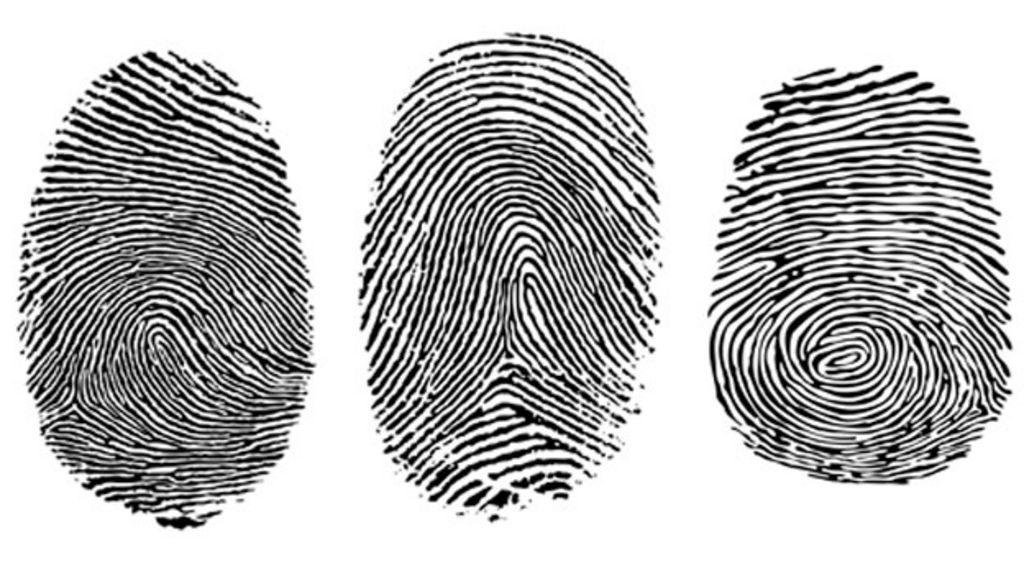Suppose you are given 4 symbols A,1,B,2, how many passwords you can make with them or how many different arrangements are possible with 4 symbols.
Examples:1A2B, 12AB, AB12, ......
First place can be taken by any of the 4 symbols. So 4 arrangements are possible for first place. Second place can be taken by remaining 3 symbols {3 arrangements}. 2 arrangements for third place and only one letter is left for last position. Hence total number of arrangements is
4*3*2*1 = 24=4! =factorial 4.
So factorial N gives the total number of arrangements or permutations possible with N objects.
There are 52 playing cards, we know. Each time you shuffle, you get a new arrangement of cards. How many arrangements are possible?
52! = 25*51*50*.........2*1. =
= 8.066*10^67
8 followed by 67 zeros.
Here the total number of arrangements of cards is unimaginably huge. Each time you shuffle a deck of cards, you create an unique arrangement which was not created by any human on the planet earth while shuffling the cards. The chance of creating the very same arrangement as yours [by another person] mathematically is 1/8.066*10^67 which is very minuscule.
When nature creates humans like you and me, the creation is unique because of large number of possibilities. Everybody has unique physique, talents and traits. Probably, no one on the globe has beautiful fingers like yours or language skills like yours.
So you are unique. Find your own potential to earn fame and wealth. Everybody is an unique gift to this world and not a burden. [By the way, remember the power of factorial].
